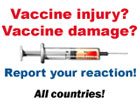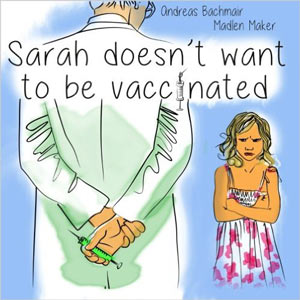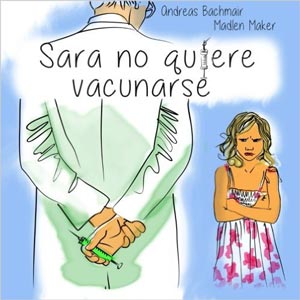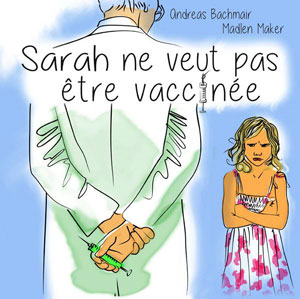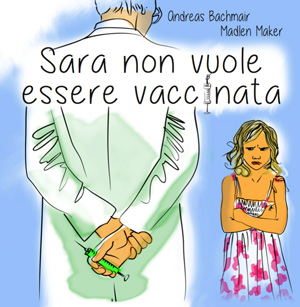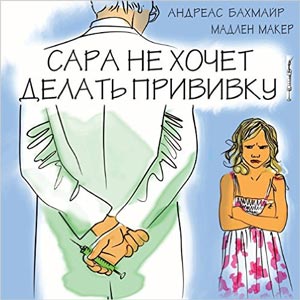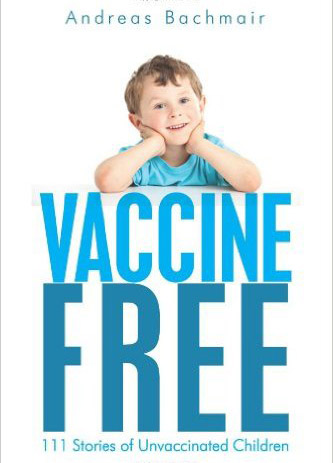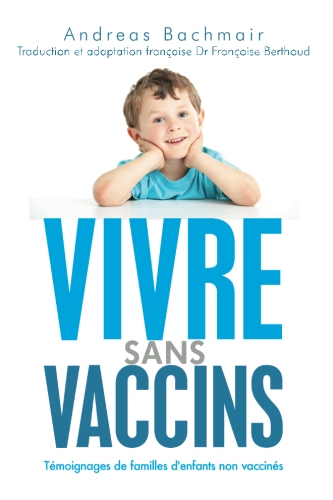Smallpox
Virus and infection
The smallpox virus is a virus of the virus family smallpox viridae which is transmitted air-borne, via smear-infection or dust infection. However, compared to measles viruses or varicella viruses these viruses are much less contagious. They are only transmitted if there is very close contact or a very short distance. Transmission in public spaces has not been observed yet. (A Different View of lSmallpox and Vaccination,Thomas Mack, M.D., M.P.H.n engl j med348;5www.nejm.org january 30, 2003)
Smallpox viruses are relatively stable. If they are stored at a temperature of -20°C they remain infectious for years, if they are stored at room temperature for months.
Clinical Picture

The incubation period is 8 to 14 days. During the following initial stage there is high fever, head and backaches, pain in the loins and if the infection was an air-born transmission, angina variolosa. After 2 to 4 days it is followed by the eruption stage which lasts approximately 6 to 10 days
Red spots appear on the tongue and in the mouth after the initial stage and the prodromal stage. The spots burst open which is how the virus spreads in the mouth. This is the point at which the person is the most infectious. Eventually the fever starts going down stepwise followed by a centrifugal exanthema with macula, then pustules and papules and scabs, i.e. the eczema usually starts on the face and spreads over arms and legs to the hands and feet. All this generally happens within 24 hours. The pustules are generally multiloculated; their contents are cloudy and leave dents when touched. The extremely infectious crust doesn’t fall off until 1-3 weeks later. There can be scars, mainly in the facial area of the diseased. There is generally no exanthema under the arms and inside the thighs. 3-4 days after the eczema has appeared the temperature may rise again.(http://www.bt.CDC.gov/agent/smallSmallpox/overview/disease-facts.asp)
The person continues to be infectious until all pustules have healed and fallen off.
Therapy
The therapy is symptomatic. New antiviral medications can theoretically also be effective in the treatment of smallpox, according to the Robert-Koch-Institute.
In order to prevent the disease from the spreading the patient is quarantined. It is the most effective protection for the population from further infections.
Complications
Variola haemorrhogica describes a particular manifestation of the smallpox. This manifestation is very severe; the incubation period is shorter. Within a few days the skin starts to bleed heavily for long periods of time, also mucous membranes and inner organs. Frequently it is lethal.
Variola confluens: occurs as a result of secondary infections of the skin
Organic manifestations of smallpox: Hepatitis, Myokarditis, Orchitis, Encephalitis
Immunity
If a person survives they have life-long immunity against the smallpox.


